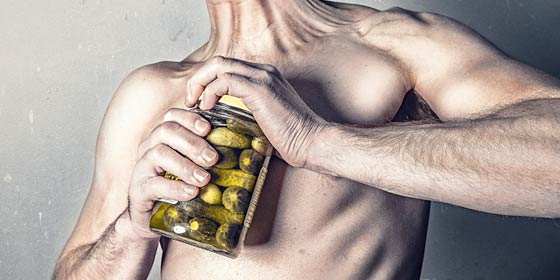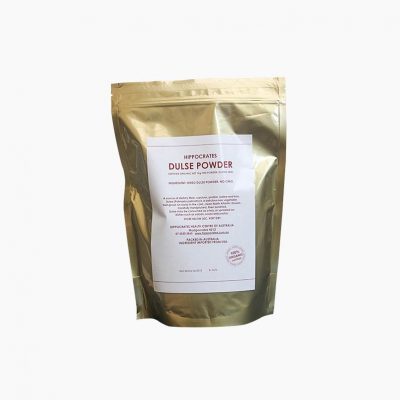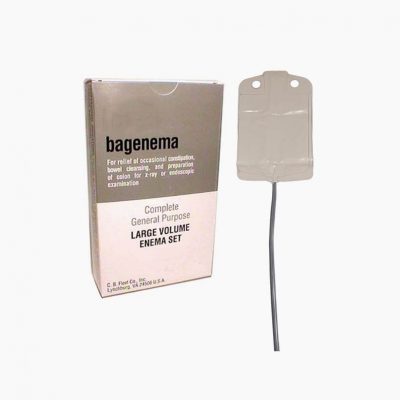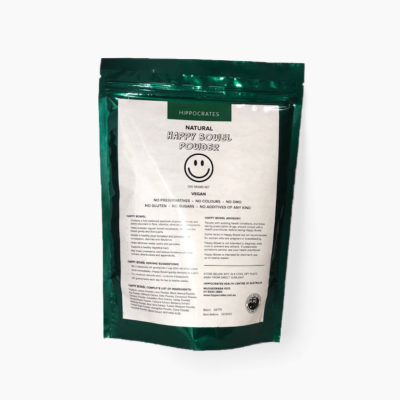As you may know from experience, we typically lose muscle mass as we age, starting around our 40th birthday. In fact, many people lose approximately 10% of their muscle mass every decade. While this may just leave you feeling slightly weaker at age 50 than you did at 40, by, say, your 80th birthday, these losses can really add up. Loss of muscle mass is a major contributor to frailty and falls in the elderly, which can significantly diminish quality of life and even be fatal. Clearly, reducing this loss is in your best interest, but until recently, researchers and doctors didn’t have any idea how to do that – because they didn’t know what was causing it in the first place.
Previous correlative studies had linked inflammation with muscle mass loss. In fact, some researchers called this association among age, inflammation, and muscle reduction “inflammaging.” But there wasn’t actually any proof that inflammation was causing the loss. Now, researchers at Örebro University and University of Nottingham in Sweden believe they may have been able to pinpoint the connection.
The researchers were studying C-reactive protein (CRP), a marker of inflammation and infection. Their initial study of women ages 65 to 70 found that those who had elevated CRP levels also had lower muscle mass. However, they still needed to prove that the CRP was actually the root of the problem. So they isolated muscle cells in the lab and exposed them to CRP. Sure enough, the muscle cells shrank. They ultimately determined that CRP interferes with muscle cells’ ability to synthesize proteins, making it harder for them to function properly.
This study may sound like bad news. But it’s actually good news! Now that we know the problem, we can find a solution. The researchers are confident that lifestyle changes that fight inflammation can make a big difference in reducing muscle loss over time. We agree. Start by swapping out a sedentary activity like watching TV with exercise, if you don’t already have a solid exercise routine in place. Sitting still can promote inflammation, while exercise will of course help keep your muscles strong.





